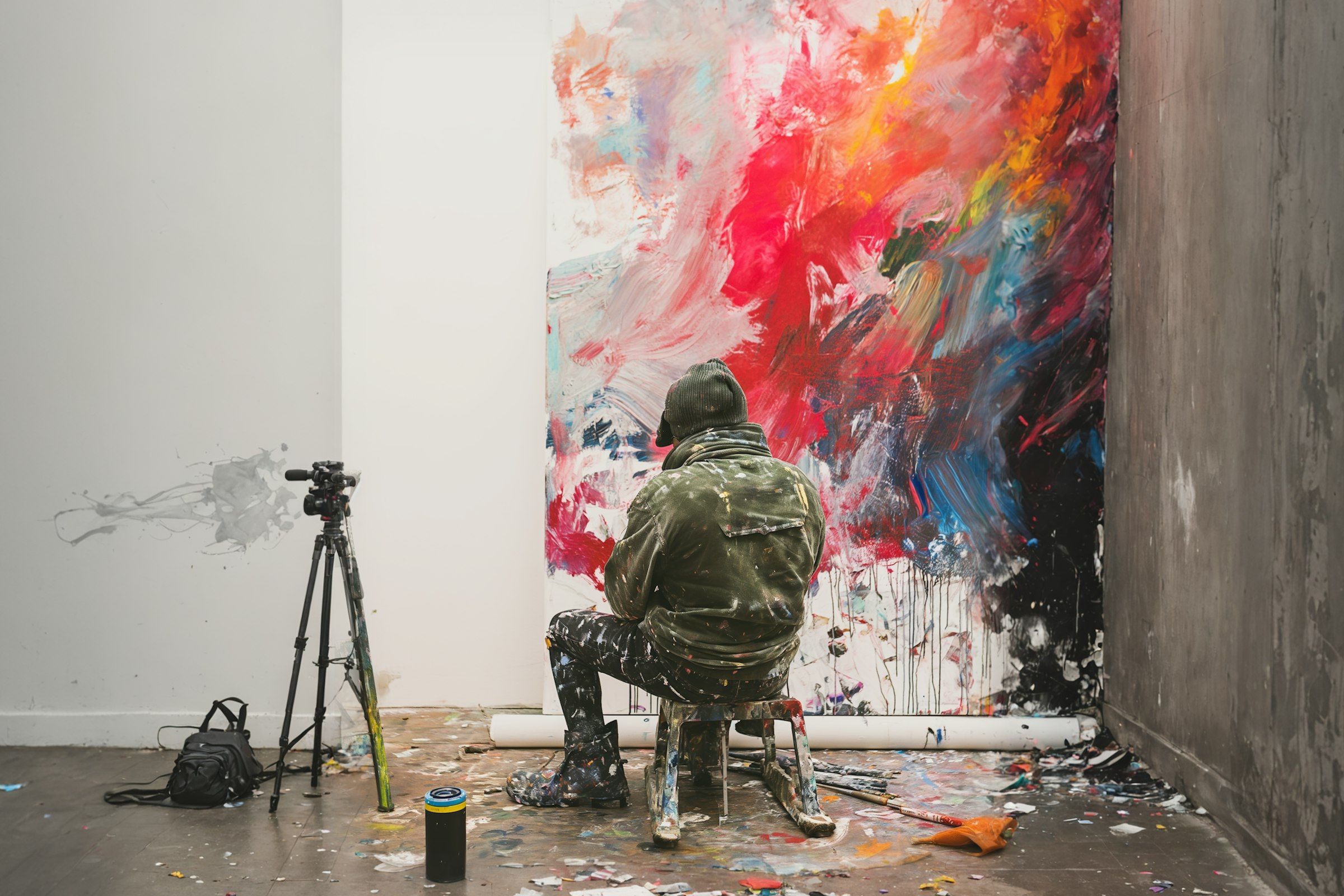Coming Up with Creative Concepts
Jul.2023
Read Article
↓
↓

Coming Up with Creative Concepts
Creativity can feel like magic from the outside—sudden, spontaneous, impossible to explain. But behind every strong concept is a process. A structure. A rhythm. Creating creative ideas isn’t about waiting for inspiration to strike—it’s about building the conditions for it to show up.
Whether you’re developing a brand, a campaign, a visual system, or a story, the best ideas come from a mix of curiosity, clarity, and friction. Here are three core ideas to keep in mind when conceiving something original and intentional.
01 Look Inward Before You Look Outward
The instinct is to start by looking around—Pinterest boards, mood references, what other brands are doing. But real creativity doesn’t start with inspiration. It begins with understanding.
What’s the core idea? What’s the tension we’re trying to express? What are we trying to say, and to whom are we saying it?
The more clarity you have around the problem, your concept will be sharper. When you understand the thing's soul, the idea begins to reveal itself—because it has a job to do, not just a vibe to hit.
Looking outward can help with execution. However, the concept should be born from the inside.
02 Find the Friction
Creative energy lives in the unexpected—where opposites meet, where something breaks, where something doesn’t quite make sense yet.
Friction is where the interesting ideas are: a high-end product made for an everyday audience, a luxury brand that uses humor, a wellness brand rooted in rebellion instead of calm. These are the creative starting points that feel fresh because they’re charged—they carry tension.
A strong concept often comes from asking: What’s the obvious route here, and how do we avoid it? What happens if we invert the tone? What happens if we zoom out or in?
Friction doesn’t mean confusion. It implies energy. The kind of idea that makes someone pause and feel something.
03 Build in Layers, Not Lines
Concepting isn’t linear. There’s not always a clear path from idea to execution. Sometimes, it looks more like layering—testing angles, swapping words, sketching visual hooks until something clicks.
The key is to stay fluid early on. Write messy headlines, draw rough shapes, and build quick references. Don’t fall in love with the first spark. Let the concept take shape by expanding it and then editing it back down.
Eventually, the right concept will have weight. It won’t just look good—it’ll feel inevitable like it couldn’t have been anything else.
Creative concepts aren’t accidents. They result from thinking deeply, exploring freely, and choosing intentionally. And the more you do it, the more you realize: creativity isn’t elusive. It’s a habit. A discipline. A way of seeing.
The more honest the insight, the stronger the idea.
SHARE ARTICLE


